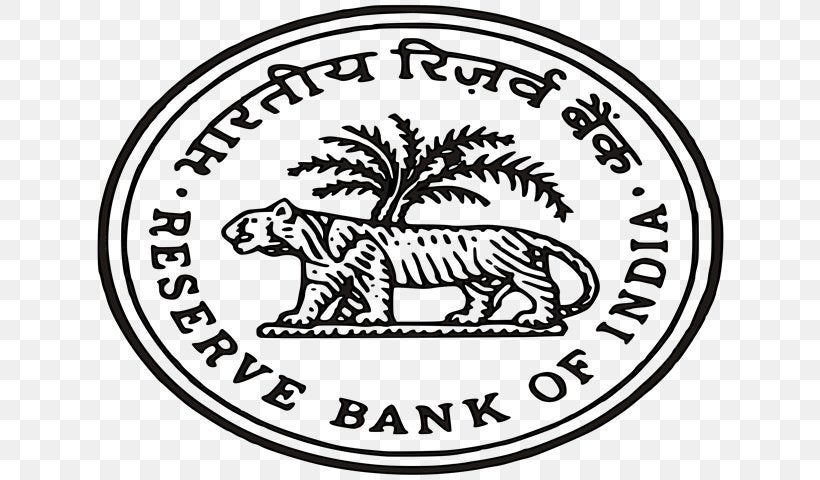
India’s Finance Minister Nirmala Sitharaman in her budget speech announced plans to set up a bad bank to manage soured loans.
Last month, in its financial stability report (FSR), the Reserve Bank of India (RBI) said that the bad loan ratio of banks in India could go up to a 22-year high of 13.5% by September 2021.
According to this semi-annual report, these non-performing assets (NPAs) stood at 7.5% a year ago.
The government will set up an asset reconstruction company (ARC) and an asset management company (AMC) to hold the stressed assets.
These include bad loans, restructured debt, and advances that companies may not be able to pay back.
Sitharaman said that the banks can sell these NPAs to investors at a reduced price.
Indian banks are grappling with the economic fallout led by the Covid-19 global pandemic, which has significantly increased the bad loans ratio of the banks.
Moody’s Investors Service local arm ICRA group head of financial sector Karthik Srinivasan said: “The government wants bankers to now boost lending and spin off stressed loans to experts who can focus on recovery.
“However, a bad bank is not a magic wand that will resolve the issues of India’s bad loans in the next few quarters. A lot depends on the fine print of execution plan for the bad bank.”
Additionally, Sitharaman said that the Indian government is also planning to provide state banks with a capital injection of INR200bn ($2.7bn) from 1 April 2021, to accelerate lending.
The Finance Ministry also announced plans to privatise two additional state banks, in addition to IDBI Bank.
In 2019, the government reduced the number of state-run banks in the country from 27 to 12, by completing a mega-merger.
The details regarding the two lenders to be privatised have not been divulged yet.







